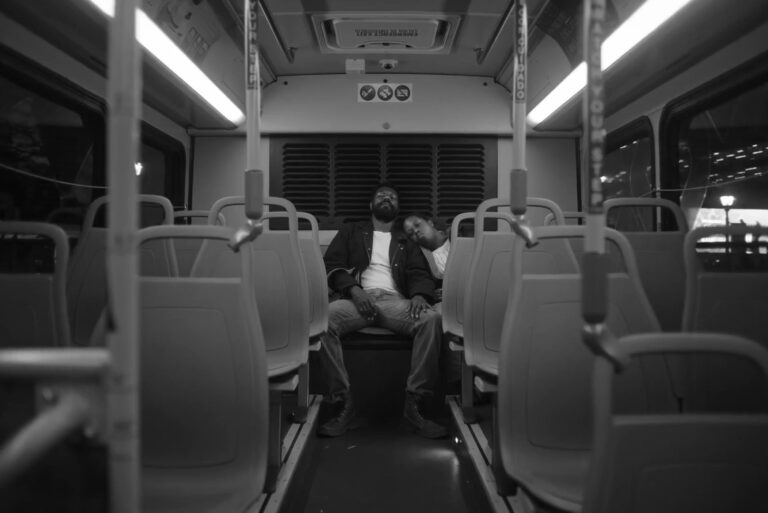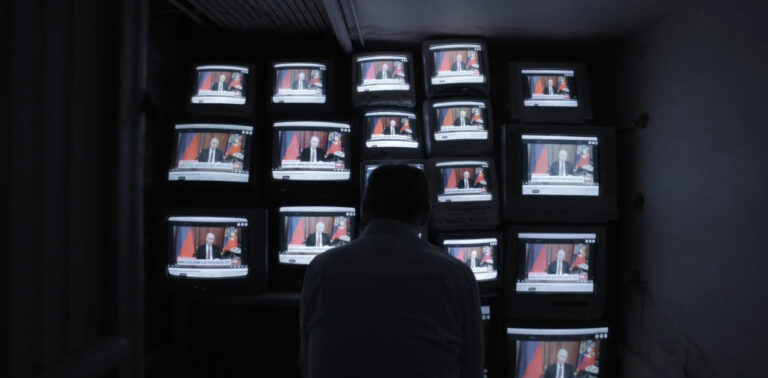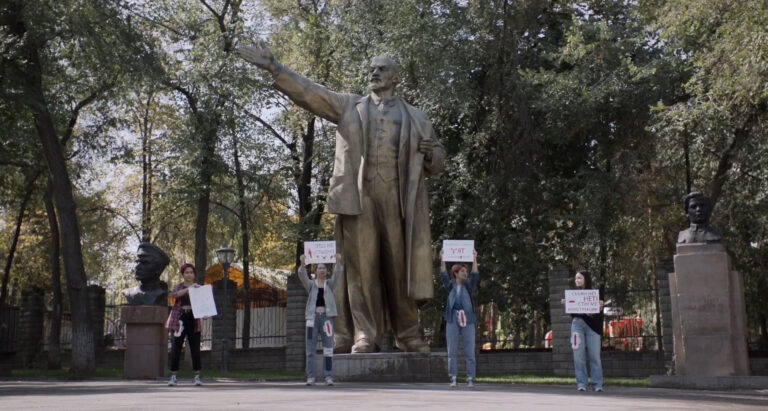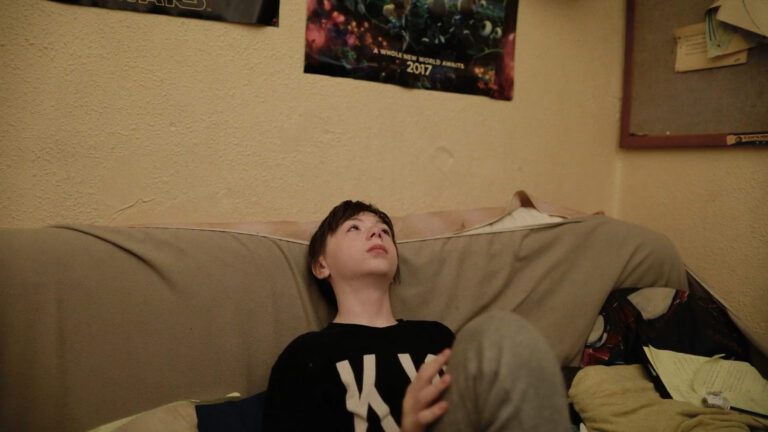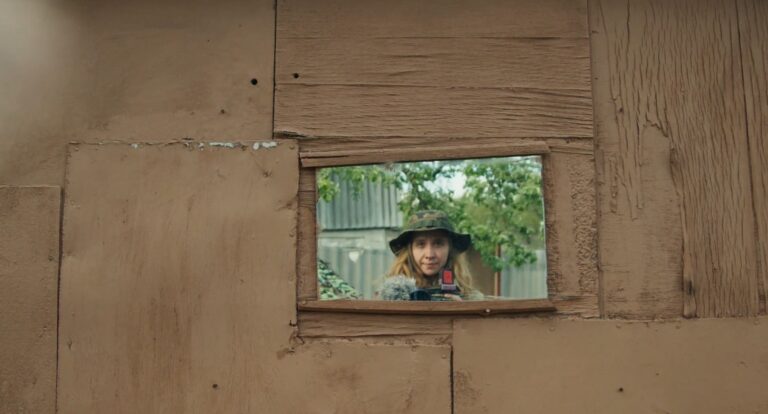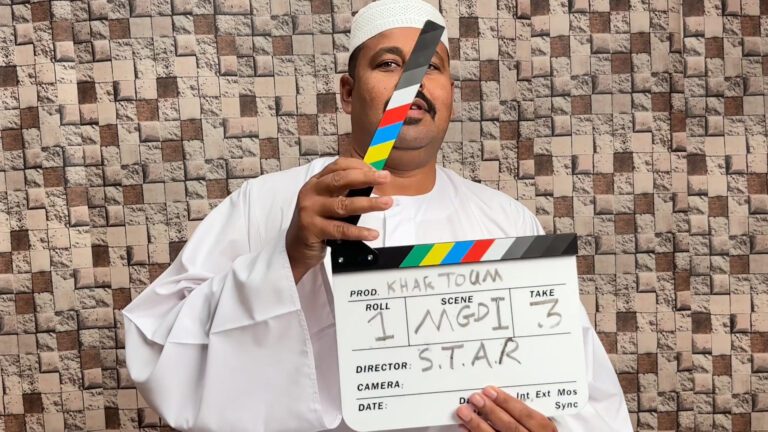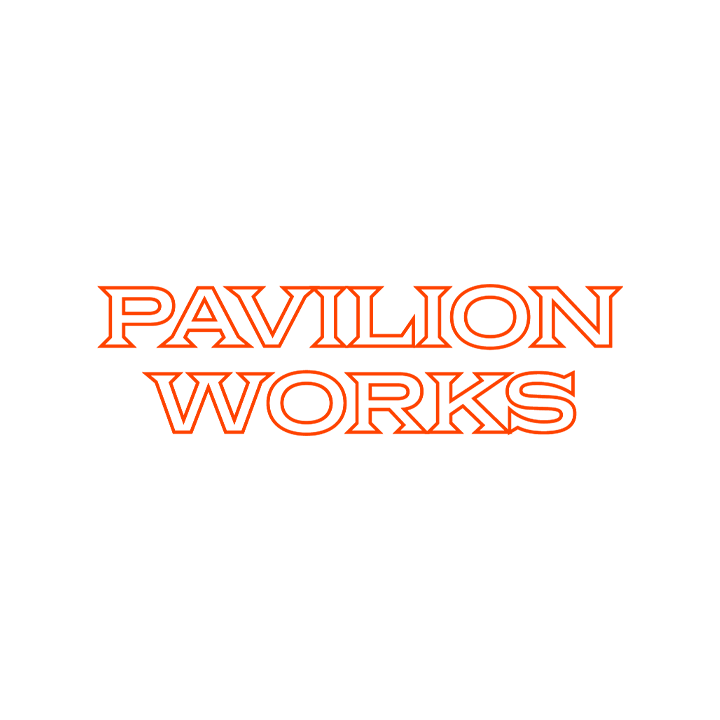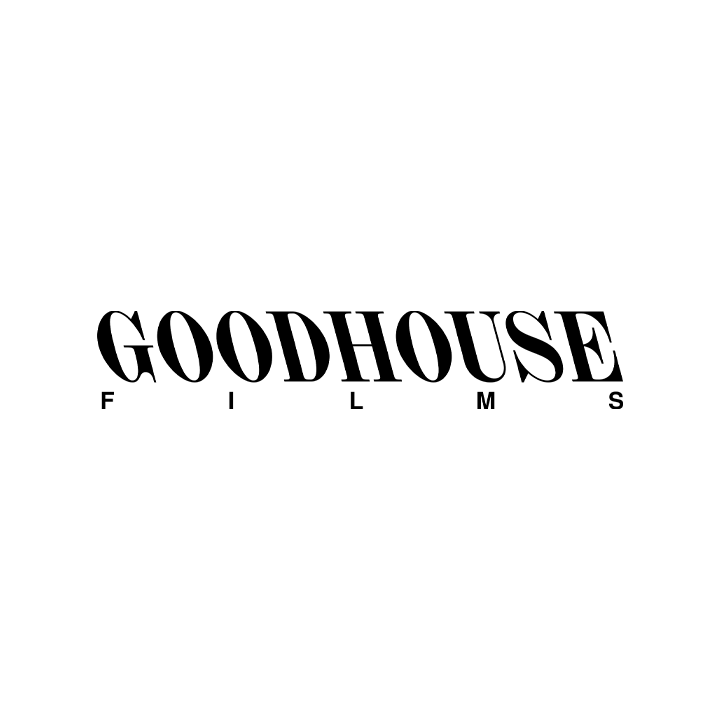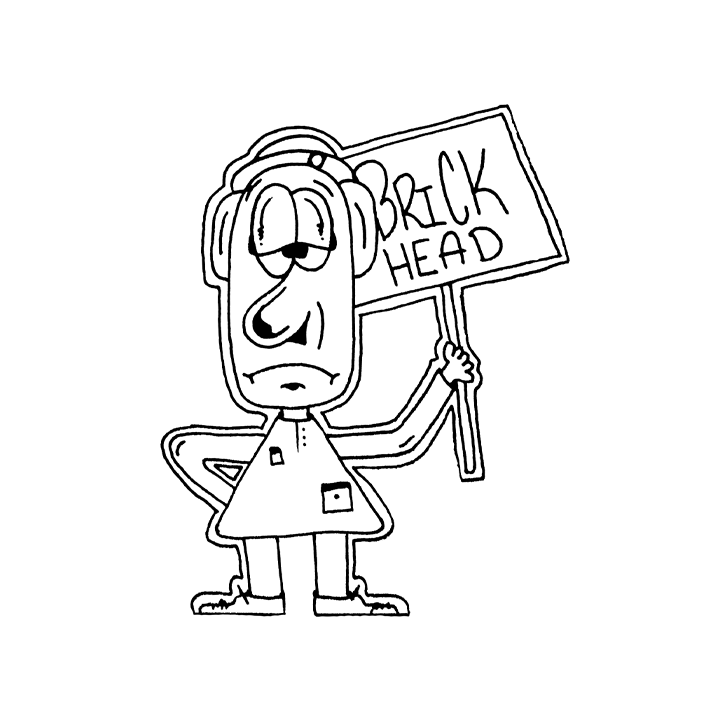Suggested Terms
Director
Location
Format
Festival
Agency
Production Company
Record Label
Award
Country
- United States
Film Festival
- Tribeca Film Festival
September 2023
Irene Lusztig directs ‘Richland’. A U.S. nuclear company town stakes its identity on its little-known atomic origin story in this examination of the habits of thought that normalize the extraordinary violence of the past.
Country
- United States
Film Festival
- Tribeca Film Festival
Credits
-
Director
-
Executive Producer
Dawn BonderDaniel J. ChalfenMarci Wiseman
-
Producer
Irene LusztigSara Archambault
-
Director of Photography
Helki Frantzen →
-
Music & Sound Design
Maile Costa Colbert
-
Production Company
Komsomol Films

